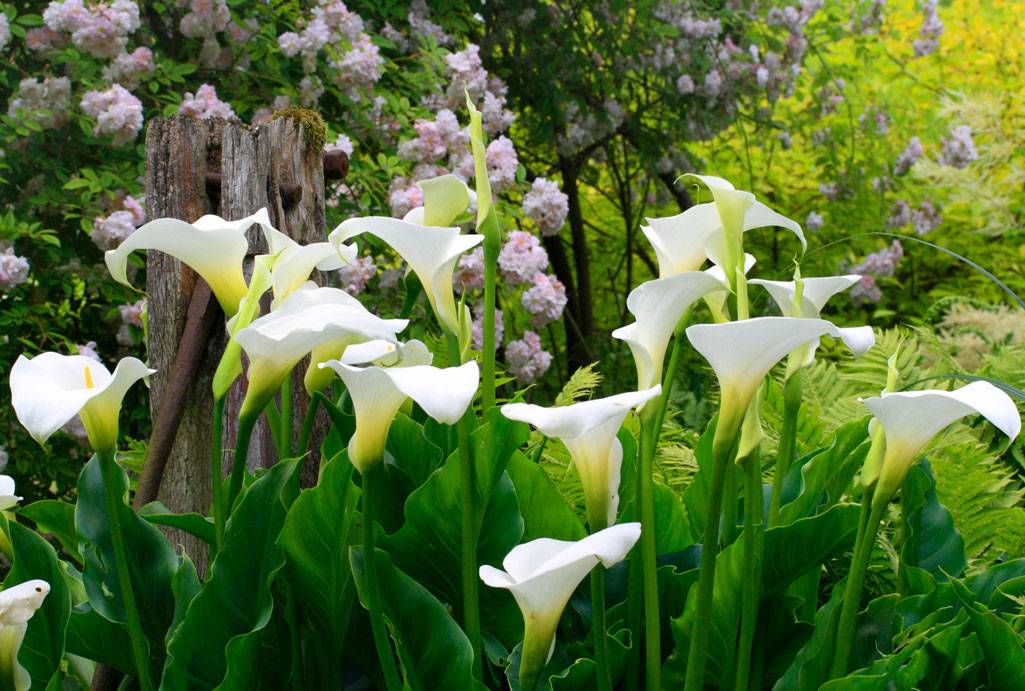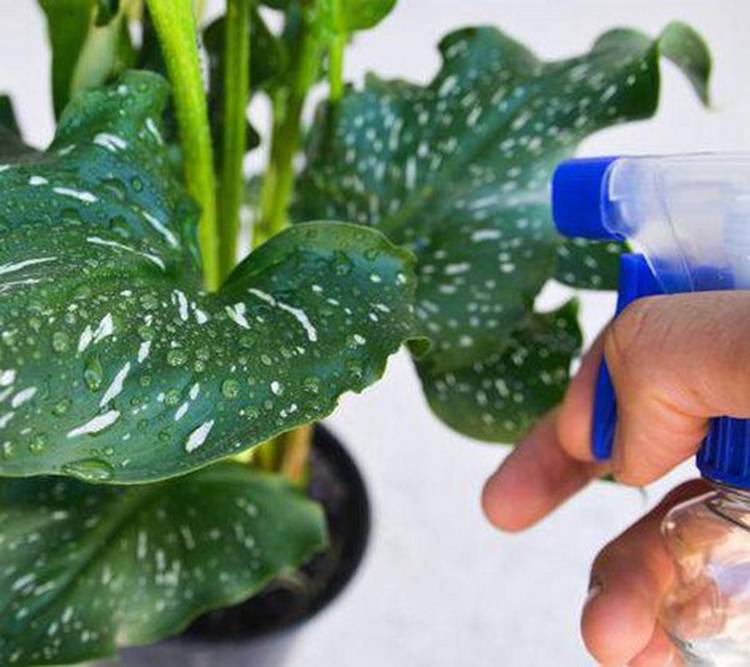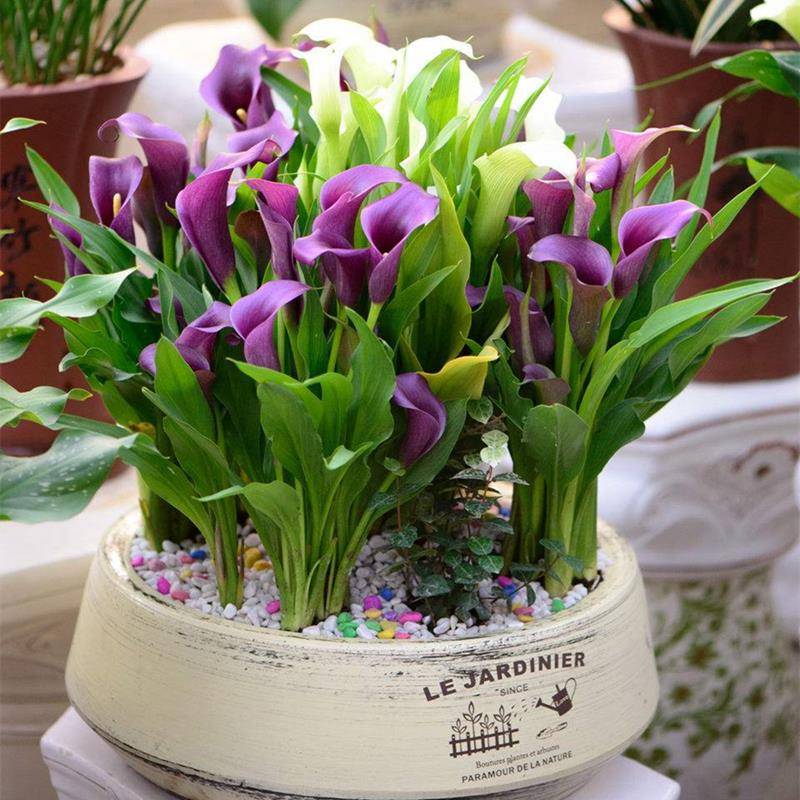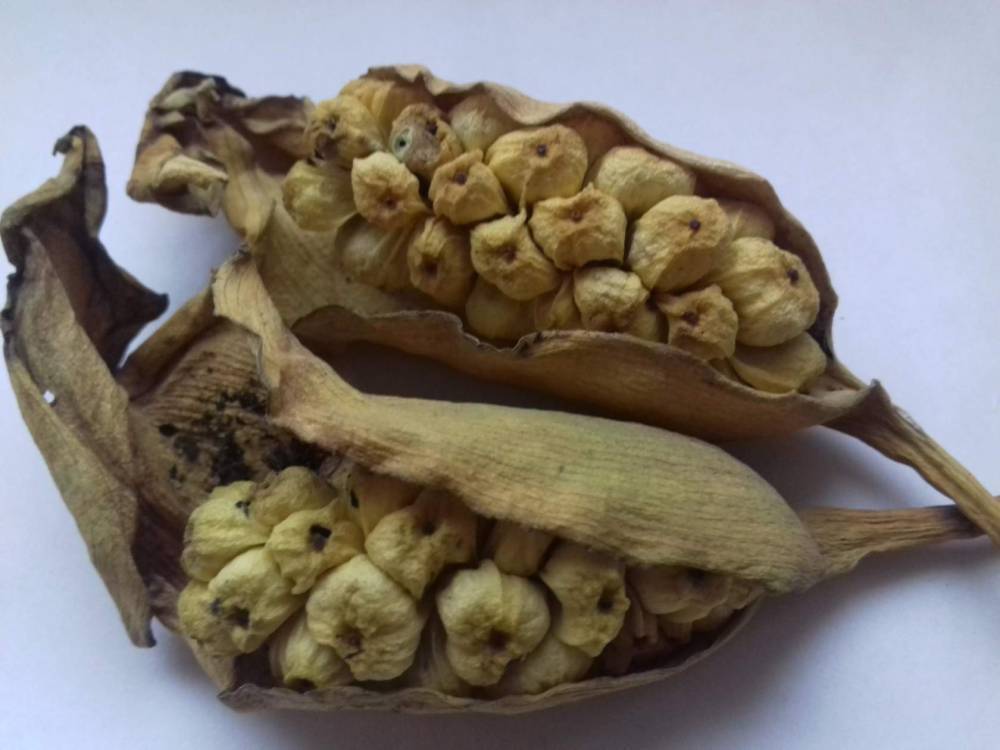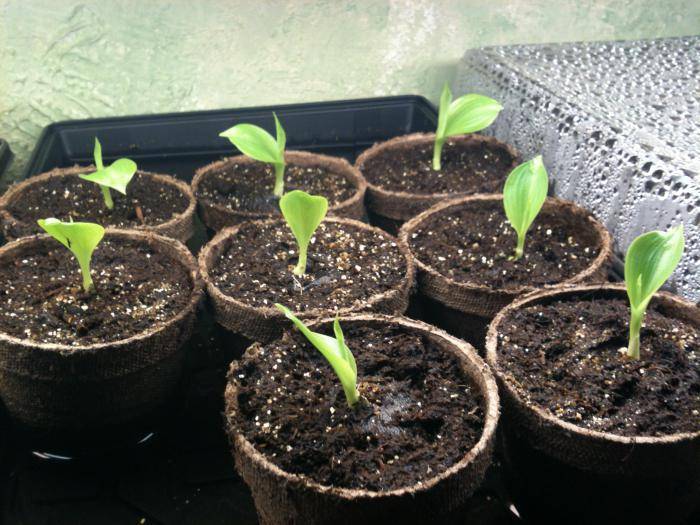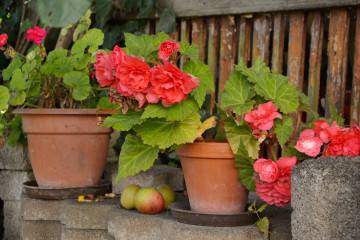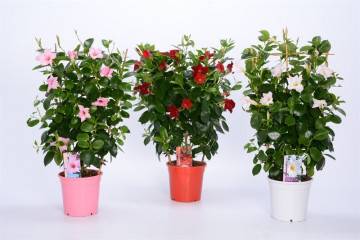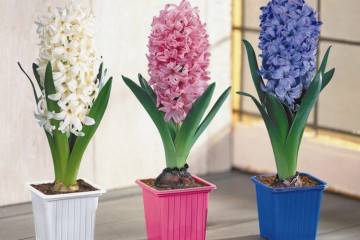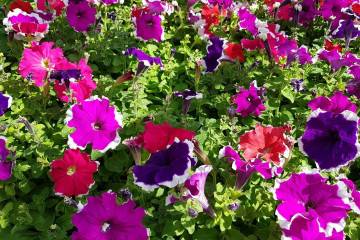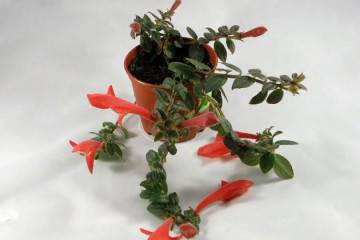Calla flowers - growing and care at home
Callas are one of the most interesting and beautiful indoor plants. Due to their appearance and a wide variety of shades, they will perfectly fit into any interior.
Callas: growing and care at home
The flower has another name - calla. His homeland is considered to be South America and Africa. As an ornamental plant, Ethiopian calla lilies, or zantedeschia, are grown at home. It received this name in honor of Giovanni Zantedeschi, a famous botanist from Italy.
Domestic calla lilies are flowers that are not picky about growing and caring for. It is easy to provide them with the necessary conditions for growth: the soil must be constantly moistened, and the lighting must be 10-12 hours a day. It is important to remember that the plant does not like direct exposure to sunlight, it is necessary to choose a place with diffused light. In the spring and summer, you need to water the calla every day. To prevent the root system from rotting, it is better to drain the water accumulated in the pan after moistening.
If the apartment is too hot or dry, it is recommended to spray the bush from a spray bottle several times a day. White zantedeschia like humidity within 80%, and 50% is enough for multi-colored ones.
Pot selection and soil composition
To create the most favorable conditions, it is necessary to choose high-quality land. It is recommended to choose a fertile, slightly acidic soil mixture containing peat. It can be purchased from a specialist store. A suitable substrate for aroid plants. You can also prepare the soil yourself. To do this, you need to mix two parts of turf, one part each of peat, sand and leafy earth. You can add a little clay to them.
So that the water in the pot does not stagnate, it is imperative to lay a drainage layer of expanded clay, river pebbles or broken brick. The size of the container for growing a flower should be chosen so that the root system feels comfortable. For calla lilies in a pot to feel comfortable, it must be wide and shallow. The sump into which water will be supplied during irrigation must be deep.
Correct temperature regime
Indoor calla is a rather thermophilic plant. One of the main requirements for proper care of it is to ensure that the temperature in the room is optimal for the growth. Its level depends on the season. At the onset of the vegetative period, it is recommended to maintain the temperature regime in the room at around + 22-24 degrees. In winter, it is allowed to create cooler conditions - + 15-18.
Top dressing and fertilizers
Caring for calla lilies during the appearance of flowers includes the timely introduction of dressings. You need to fertilize the plant twice a month.
In order for the calla to actively build up its green mass, nitrogen-containing compounds can be used, but in this case it will not bloom. Therefore, it is better to add urea to fertilizers after the buds appear.
Reproduction of calla lilies
An ornamental plant can reproduce in several ways:
- dividing the rhizome;
- tubers;
- seeds.
Growing from seeds
After the end of the growing season, seed pods appear in place of the faded buds. If you do not want to collect them, then you can purchase material ready for planting in the store.
To grow a flower, planting must be done in the following sequence:
- The seeds are pre-prepared. To do this, they are placed in warm water for 7-8 hours. Can be additionally treated with growth stimulants.
- To speed up germination, the seeds need to be germinated. To do this, they are placed in a bowl on a damp cloth and covered with plastic wrap. The container is left in a warm room for 7 days.
- At this time, you need to prepare the container for planting. It is best to choose small pots and fill them with a mixture of leafy soil, peat, turf and sand.
- Before planting seeds, the substrate is moistened. Then the main process can begin. It is necessary to make holes in the soil 3 cm deep. Then germinated seeds are placed in them. You can put several pieces in one container, so that later you can choose the strongest seedlings from them.
- To create greenhouse conditions, the pot is covered with plastic wrap on top.
- Until the first shoots appear, the seedlings must be regularly ventilated and moistened.
- After about two months, the seedlings will get strong enough and it will be possible to dive. You should not plant only the emerging sprouts in a permanent place. In this case, it will be much more difficult to care for him.
- The healthiest and strongest seedlings should be transplanted into separate cups.
Bulb propagation
Small bulbs that form around the main calla bulb can be used as planting material. For propagation, it is necessary to choose undamaged, firm and smooth tubers.
Each bulb you choose must have at least one bud. The place of separation from the main tuber must be treated with chopped charcoal and dried. It is advisable to store the bulbs at a temperature of +6 degrees before planting. To do this, they can be placed in containers and kept in the refrigerator.
Before planting tubers, they must be left for several hours in a weak solution of potassium permanganate. As a container for growing, it is better to choose wide pots filled with substrate for aroid plants. It is necessary to deepen the bulbs into the ground to a depth of approximately three of its diameters. The room should be kept at a temperature of +6 degrees. You can water the tubers a week after planting. In the future, for proper care of the seedlings, it is necessary to maintain a moderate soil moisture. After a year, the first flowers will appear on the calla lilies.
What to do with the plant during the dormant period
After the growing season is complete, indoor plants prepare for the rest period. It starts at the end of September and ends in February. At this time, the flowers also need care: calla lilies are placed in a room with a temperature of + 15-18 degrees. In winter, calla stops growing but retains its leaves. Sometimes they can start to die off completely. During the dormant period, it is not necessary to feed the plant.
Diseases and treatments
Most often, calla is attacked by scale insects, spider mites and aphids. In this case, the plant must be treated with soapy water as soon as possible. Repeat this procedure several times. If it does not help, then the flower is treated with insecticides.
With improper flower care, various problems can arise. If the soil is too waterlogged, then there is a risk of fungal diseases. The most common ones are:
- anthracosis;
- gray, brown, bacterial or root rot.
Gray rot is expressed by the appearance of an ash deposit on the stems and leaves. It can spread through soil or already diseased flowers. To get rid of it, calla lilies must be treated with fungicides.
If the leaves begin to turn yellow and dry out, the zantedeschia has been exposed to brown rot. Leaves and peduncles begin to rot at the base. Brown spots appear on the tubers, and the roots become soft. The plant subjected to this disease is destroyed, it will not be possible to cure it.
The appearance of brown spots on the leaves may indicate an anthracosis injury. Gradually, the spots increase in size and become like red circles with a light middle. The leaves begin to dry and fall off. To cure calla lilies, they must be treated with systemic fungicides.
The defeat of root rot can be associated with excessive soil moisture. In this case, you must stop watering the flower and add the hydrogel to the soil.
Why calla lilies dry and turn yellow leaves
Calla leaves can turn yellow in the following situations:
- With the onset of a dormant period. If the leaves began to turn yellow in the fall, then there is no reason for concern - in this way the plant is preparing for wintering. Take it to a room with a lower temperature.
- Yellowing of the leaves during flowering indicates insufficient moisture. It is necessary to water the bush, and if the soil is damp, then spray it.
- Leaves can also turn yellow when the earth is waterlogged. In this case, you must stop watering the plant until the topsoil dries out a little.
- The problem can occur even if the room temperature is too high. In winter, the flower should be kept away from heating appliances.
- If the plant is exposed to direct sunlight.
- Lack of nutrients caused by infrequent feeding.
Conditions for flowering
The houseplant blooms in spring and autumn. If at this time there are no buds on the calla lilies, then the reasons may be as follows:
- the pot with the plant moves too often to a new place;
- too overgrown root system;
- a large number of unnecessary transplants;
- lack of sunlight;
- poor quality soil or lack of nutrients caused by lack of feeding.
These are the main reasons why calla lilies do not bloom during the growing season.
If the flower often moves from place to place, then you need to maintain the position of the bush so that it blooms. An overgrown bulb must be divided (it is recommended to do this every 3 years). To do this, it is removed from the ground, the children are separated from it and seated in separate pots.
In order for the flower to actively grow and bloom, it must be transplanted every year. To do this, you can use an old pot, but change the soil to a more nutritious one. There is no point in replanting calla lilies more often - this can only harm its flowering.
Thus, with fairly simple care, you can get a bright indoor plant that will delight you with its flowering.
